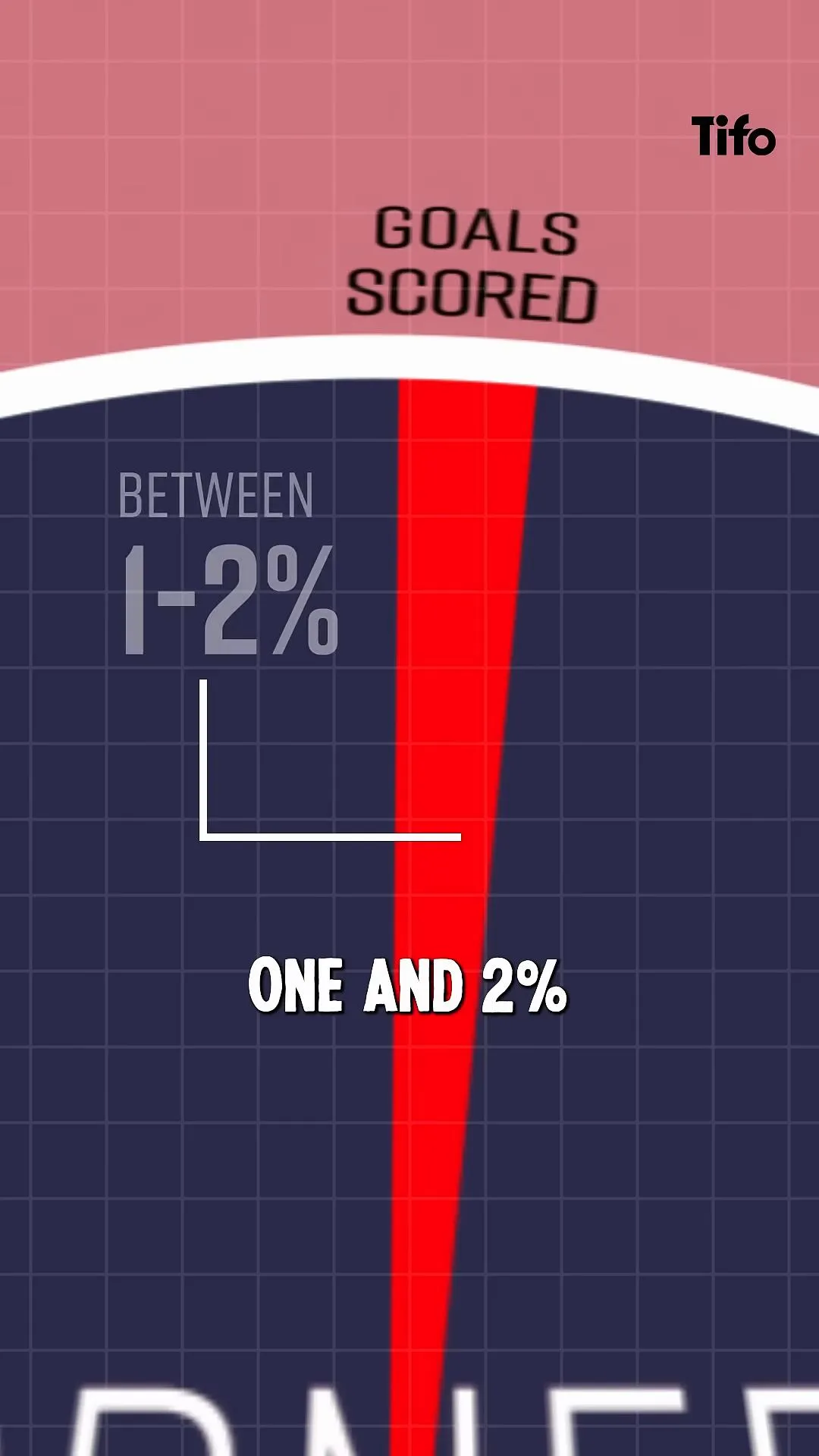The phrase corners dangerous often ignites a sense of anticipation among soccer fans. When a corner kick is awarded, the atmosphere in the stadium becomes electric, filled with hope and excitement. But does this anticipation translate into actual scoring opportunities? Are corners genuinely dangerous, or is it just a moment of fleeting excitement? In this blog post, we will delve deep into the world of corner kicks, exploring their effectiveness, statistics, and the factors that contribute to their success or failure on the pitch. We will also discuss whether teams have found ways to turn these set pieces into scoring chances more consistently.
To help you grasp the concept, let’s address some key questions: Do corner kicks lead to goals? How often do they result in shots on target? What factors influence their effectiveness? The answers to these questions reveal that while corner kicks can create opportunities, they do not always lead to goals. In fact, statistics show that only a small percentage of corners result in shots on target, and even fewer lead to goals. With this understanding, let’s explore the intricacies of corner kicks and their impact on the game.
Are Corners Dangerous? Understanding Their Impact on Scoring
When we discuss the question of whether corners dangerous, it’s essential to consider the statistics from recent years. Between 2010 and 2018, in the top five European leagues, only about seven percent of corners taken resulted in a shot on target. This statistic raises eyebrows, as many fans believe that corners are a significant source of potential goals.
The Statistics Behind Corner Kicks
In analyzing the data, it’s crucial to note that the effectiveness of corners can vary widely among teams. A few key points to consider include:
- Between 2010 and 2018, only 1-2% of corners taken in the top leagues directly led to a goal.
- Success largely depends on the quality of the corner taker and the players in the box.
- Teams that invest time in training set-piece strategies often see higher success rates.
The Role of Quality Deliveries
The quality of the corner kick is paramount. A well-placed cross can create chaos in the box, leading to scoring opportunities. Conversely, a poorly executed kick can waste a golden chance. Teams with skilled corner takers, such as renowned playmakers, are more likely to convert these chances into goals.
Player Positioning and Timing
Effective positioning of players during corner kicks can significantly influence the outcome. Players must be aware of their surroundings and timing their runs to meet the ball effectively. Properly timed runs can lead to clear headers or volleys on goal.
Visualizing the Danger: The Dynamics of Corner Kicks

To understand the dynamics of corner kicks, we can visualize the situation. Picture a crowded penalty area filled with defenders and attackers vying for position. The tension is palpable as the corner taker prepares to deliver the ball. The success of this moment hinges on various elements:
Key Factors That Influence Corner Kick Success
- Team Strategy: Some teams are more adept at set pieces, dedicating time during training to perfect their corner routines.
- Player Attributes: Physical attributes, such as height and jumping ability, can play a crucial role in winning headers during corner kicks.
- Defensive Organization: A well-organized defense can minimize the threat posed by corner kicks.
Training and Preparation for Corners
Teams that invest in training for corner kicks often reap the rewards. They develop specific routines that exploit the weaknesses of their opponents, making their corner kicks more dangerous. Coaches analyze opponents’ defensive setups and adapt their strategies accordingly.
Exploring the Psychological Aspect of Corner Kicks
The psychological impact of corners dangerous cannot be overlooked. Players often feel a surge of adrenaline during these moments, which can lead to both positive and negative outcomes. A well-executed corner can elevate team morale, while a poorly executed one may lead to frustration.
Fan Expectations and Player Performance
Fans expect corners to result in goals, creating pressure on the players. When a corner is awarded, the crowd holds its breath, hoping for that moment of glory. This expectation can influence player performance, leading to anxiety that may affect execution.
Learning from Mistakes: Tactical Adjustments
Teams often analyze their corner kick performances to learn from mistakes. By reviewing footage and assessing their tactics, they can identify areas for improvement. This iterative process helps teams become more effective in converting corners into scoring opportunities.
The Future of Corners: Innovations and Trends

As soccer continues to evolve, so do strategies surrounding corner kicks. Innovative approaches, such as varying delivery methods and player movements, are being explored by teams aiming to maximize their chances of scoring from corners.
Emerging Techniques in Corner Kick Strategies
Teams are increasingly adopting new techniques to enhance their corner kick effectiveness. Some of these include:
- Short Corners: Instead of delivering the ball directly into the box, teams may opt for short corners to create better angles for crosses.
- Decoy Runs: Players may make decoy runs to draw defenders away, allowing a teammate to exploit the space.
Analyzing Successful Teams
Teams known for their successful corner kick strategies often have a few things in common:
– They utilize data analytics to assess their corner effectiveness.
– They have skilled players who can deliver accurate crosses.
– They conduct regular training sessions focused on set pieces.
Key Takeaways: Understanding Corners and Their Impact
In summary, while the anticipation surrounding corner kicks is palpable, their actual effectiveness in producing goals is limited. Key takeaways include:
- The percentage of corners leading to goals is minimal, often between 1-2% in top leagues.
- Quality of delivery, player positioning, and team strategy play critical roles in corner kick success.
- Training and preparation can significantly enhance a team’s effectiveness during set pieces.
The world of soccer is filled with excitement, and corner kicks are a vital part of that experience. While they may not always lead to goals, understanding their dynamics can enhance our appreciation for the game. As teams continue to innovate and adapt their strategies, the future of corner kicks may hold even more surprises for fans and players alike.
